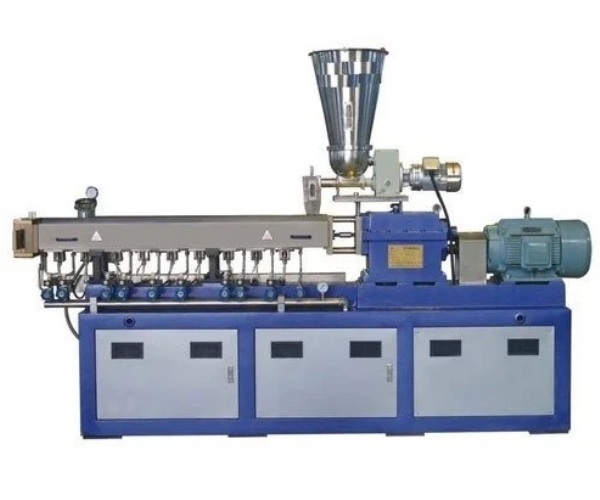
The global market for rheumatoid arthritis treatments is expected to grow at a CAGR of...
Learn More
Our consulting solutions address company specific challenges with respect to micro environment...
Learn More
Organizations frequently need day-today research guidancein order to gain strategic...
Learn More
Exploring different areas of market research and market analysis is a key factor...
Learn MoreAcute Market Reports presents the most extensive global business research services across industries. Our research studies focus on potential outcomes, benefits, and risks associated with each market segment across geographies. Having served our global clients for more than 10 years, our prime priority is to enable our clients in making well-informed business decisions through a data-driven, analytical, and uncomplicated research approach.
We provide access to the world's most comprehensive, analytical, and updated business intelligence services and solutions.




The digital holography market, a cutting-edge technology in the realm of imaging and visualization, is poised for significant growth from 2025 to 2033. The digital holography market is expected to grow at 18.5% during the forecast period of 2025 to 2...
Read More
The plastic extrusion machine market is a vital sector within the manufacturing industry, playing a crucial role in shaping the production of various plastic products across different end-use applications. The plastic extrusion machine market is expe...
Read More
The tire machinery market is expected to grow at a CAGR of 5% during the forecast period of 2025 to 2033. The tire machinery market is an integral part of the automotive and manufacturing sectors, providing the essential equipment needed for the prod...
Read More




